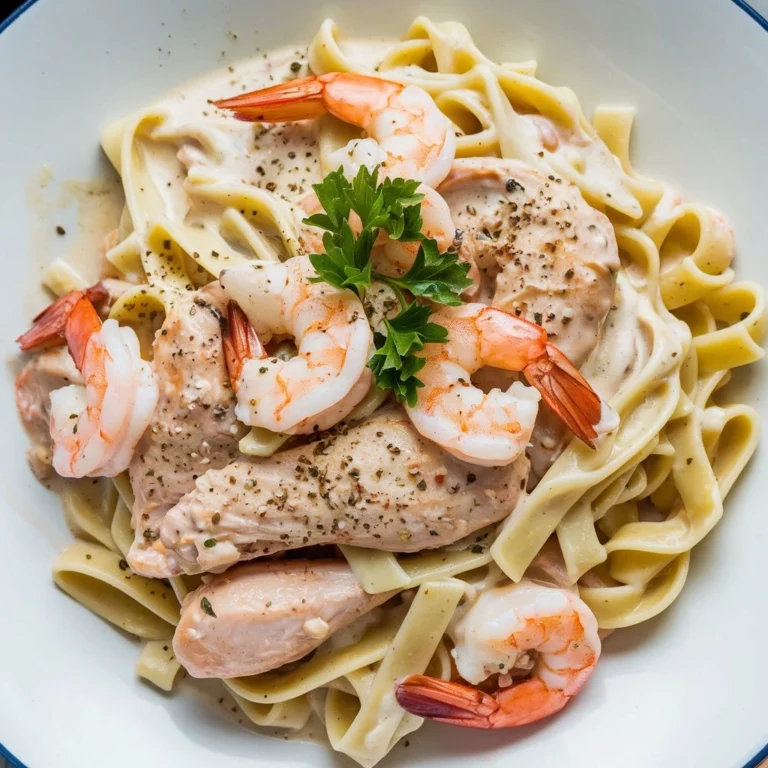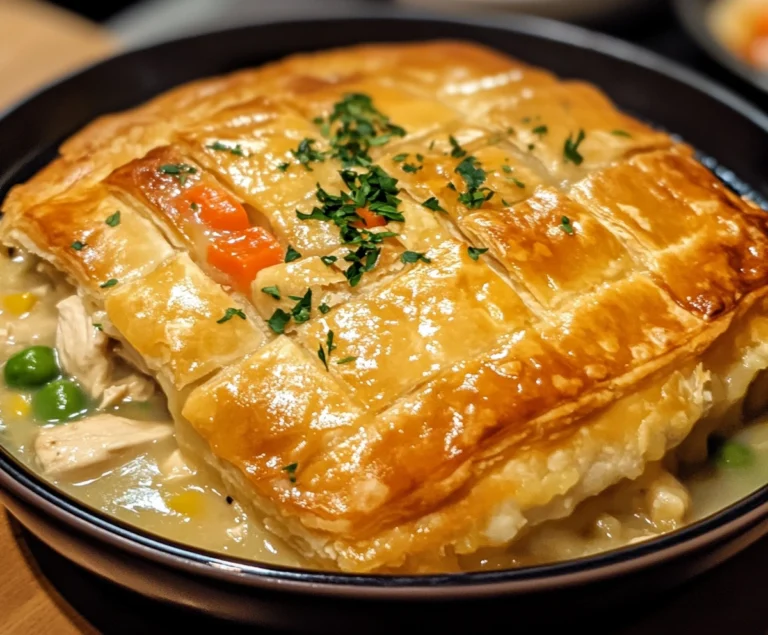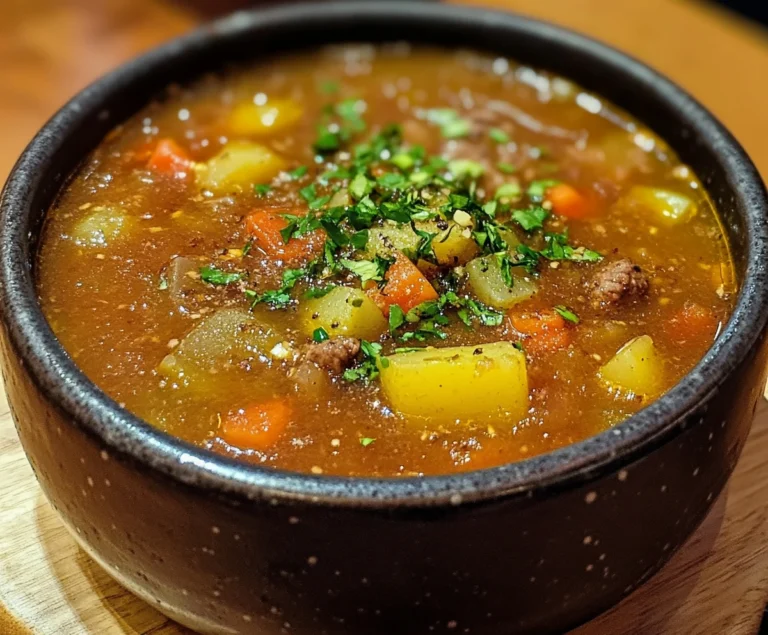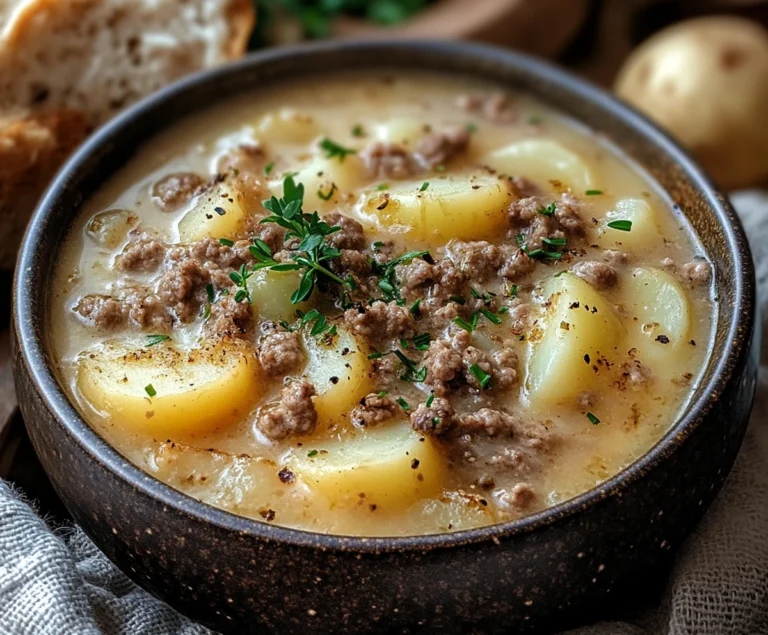How to keep the bottom crust of a chicken pot pie from getting soggy
Why Does the Bottom Crust Get Soggy in Chicken Pot Pie?
Before diving into specific methods to prevent a soggy crust, it’s essential to understand the reasons why the bottom crust of a chicken pot pie often becomes soggy:
- Excess moisture in the filling: The filling of a chicken pot pie often contains a mixture of vegetables, chicken, and sauce. If the sauce is too watery or if the vegetables release too much moisture, this can seep into the crust and result in a soggy bottom.
- Undercooking the crust: Sometimes the bottom crust does not get enough time in the oven to cook fully. Because the pie is filled with a liquid-based filling, the crust can remain doughy and soggy if not baked correctly.
- Inadequate heat distribution: Uneven heat can cause the top crust to cook faster than the bottom crust. This is especially true when baking pies in ceramic or glass dishes, which do not conduct heat as effectively as metal pans.
- Crust thickness: A thicker dough will often take longer to bake, and if the filling has too much moisture, this thick dough can absorb more liquid, leading to a softer, soggier bottom.
By understanding these factors, you can apply different techniques to ensure a perfectly crisp bottom crust.
Techniques to Prevent a Soggy Chicken Pot Pie Crust
The following techniques are tried-and-true methods to prevent your bottom crust from becoming soggy.
1. Blind Baking to Stop Pie Crust from Getting Soggy
Is one of the most effective ways to ensure that the bottom Crust of a Chicken Pot Pie From Getting Soggy stays crisp. Blind baking refers to baking the pie crust before adding the filling, allowing the crust to firm up and start cooking before any liquid ingredients are added. Here’s how you can blind bake your pie crust:
- Roll out your pie dough and place it in the pie dish.
- Line the pie crust with parchment paper or aluminum foil, then fill it with pie weights or dried beans. This helps the crust maintain its shape while it bakes.
- Bake the crust at 375°F (190°C) for about 15 minutes, until the edges start to turn golden.
- Remove the pie weights and parchment paper, then bake for another 5-7 minutes until the bottom starts to brown.
Blind baking gives the crust a head start in cooking, creating a barrier against moisture from the filling. For a detailed step-by-step guide on blind baking, check out this comprehensive baking guide.
Why Blind Baking Works:
Blind baking works because it creates a layer of cooked dough that doesn’t absorb as much liquid from the filling. This technique is especially helpful for pies with wet fillings, such as chicken pot pie, where the filling can release a significant amount of moisture during baking.
Learn more about blind baking techniques with this comprehensive guide from King Arthur Baking.
2. How to Use a Pizza Stone for a Crisp Chicken Pot Pie Bottom Crust
A pizza stone or steel is another excellent tool to help ensure a crisp bottom crust. These tools are preheated in the oven and help evenly distribute heat across the bottom of the pie, ensuring that the crust cooks evenly and crisps up properly. Here’s how to use them:
- Preheat your oven with the pizza stone or steel on the lower rack.
- Place your pie dish directly on top of the heated stone or steel when you’re ready to bake.
- The additional heat from the stone will help cook the bottom of the pie more quickly and thoroughly, preventing sogginess.
This method is particularly effective for people who use glass or ceramic pie dishes, which tend to heat unevenly. For more insights into using a pizza stone, check out this guide on how to bake perfect pies.
Why Pizza Stones or Steels Work:
Pizza stones and steels are known for their ability to retain and radiate heat evenly, which is why they are commonly used for baking pizzas. By using them for chicken pot pie, you’re ensuring the bottom crust gets the intense, even heat needed to crisp up properly without overcooking the rest of the pie.
3. Applying Egg Wash to Prevent Soggy Chicken Pot Pie Crust
An egg wash or a layer of shredded cheese can act as a moisture barrier between the filling and the crust, preventing the crust from soaking up too much liquid. Here’s how to do it:
- Egg wash: Whisk together one egg and a tablespoon of water or milk, then brush it over the bottom crust before blind baking. The egg wash seals the dough and prevents the filling from making the crust soggy.
- Cheese layer: After blind baking the crust, sprinkle a thin layer of shredded cheese (like cheddar or Parmesan) over the crust before adding the filling. The cheese will melt and create an additional barrier, adding flavor and keeping the crust crisp.
Both the egg wash and cheese layer work by creating a seal over the dough, preventing moisture from soaking into it. If you’re interested in other creative ways to add flavor and texture to your crust, check out this guide on adding cheese to pies.
4. Par-Bake and Use Cold Fillings
Par-baking is another method to ensure that your bottom crust gets a head start on cooking. With par-baking, you partially bake the crust before adding the filling, similar to blind baking, but you don’t cook it all the way through. Here’s how:
- After rolling out the dough, bake it for about 10 minutes at 375°F (190°C), just until it starts to set.
- Once the crust has par-baked, let it cool slightly before adding the filling.
- Be sure to use cold fillings, as adding a hot filling to the par-baked crust can cause the dough to soften and absorb moisture.
Using cold fillings ensures that the dough doesn’t melt, which can lead to sogginess. This method works well if you’re in a hurry and don’t want to blind bake for an extended period.
Why Par-Baking and Cold Fillings WorkTo Soggy Bottom in Pot Pie:
Par-baking ensures that the crust has started to cook before it’s exposed to the wet filling, giving it a better chance of staying crisp. Meanwhile, using cold fillings prevents the dough from becoming mushy by keeping the temperature consistent.
5. How Cold Fillings Help Avoid a Soggy Bottom Crust
One of the main culprits behind a soggy bottom crust is a watery filling. Thickening your filling is crucial to prevent excess moisture from soaking into the crust. Here are some ways to thicken the filling:
- Cornstarch or flour: Add a couple of tablespoons of cornstarch or flour to the filling mixture to absorb some of the liquid. Stir it in thoroughly to avoid lumps.
- Simmer the filling: Before adding the filling to the pie crust, simmer it on the stovetop for a few minutes to reduce excess liquid. This step can make a big difference in the texture of your filling.
- Add dryer ingredients: Consider adding less liquid-heavy ingredients like potatoes or carrots, which can soak up some of the moisture from the sauce.
For a great recipe on how to thicken sauces and fillings, check out this chicken and shrimp alfredo guide.
Best Recipe Adjustments to Avoid a Soggy Bottom in Pot Pie
Apart from using specific techniques, you can also make adjustments to your recipe to further ensure a crispy bottom crust.
1. Adjust the Crust Recipe To Soggy Bottom in Pot Pie
The recipe for your crust itself can play a role in preventing sogginess. Consider using a dough with a higher fat content, such as butter or shortening, which creates a flakier, crispier crust. The fat in the dough helps create air pockets as it melts during baking, giving the crust a lighter texture and making it less absorbent.
Tips for Making a Flakier Crust:
- Use cold ingredients: Make sure your butter or shortening is cold when mixing the dough. Cold fats help create flaky layers in the crust.
- Don’t overwork the dough: Handle the dough as little as possible. Overworking it can cause the crust to become tough.
- Add a bit of vinegar: A teaspoon of vinegar can help tenderize the dough and make it more pliable, which helps it bake up crispier.
For more on mastering crusts, read this in-depth article on flaky pie crusts.
2. Reduce Moisture in the Filling
Reducing moisture in the filling is one of the most important factors in keeping your crust crisp. Here’s how you can minimize excess moisture:
- Pre-cook your vegetables: Many vegetables, like mushrooms, zucchini, and spinach, release a lot of moisture as they cook. To prevent this, pre-cook the vegetables before adding them to the filling. This allows them to release their water, which you can then drain away before incorporating them into the pie.
- Drain the chicken: After cooking the chicken, let it rest and drain any excess juices. This prevents additional liquid from being added to the filling.
- Simmer the filling: After mixing the ingredients, simmer the filling on the stovetop for a few minutes to reduce the overall liquid content. This will make the filling thicker and less likely to cause a soggy crust.
Reducing the moisture in the filling is key to preventing a soggy bottom crust, especially if you’re making a large pot pie that needs a long time to cook.
3. Use a Double-Crust Method
If you’re a fan of double-crusted chicken pot pie, there are ways to ensure both the top and bottom crusts turn out crisp and delicious. Here’s how:
- Blind bake the bottom crust: As mentioned earlier, this gives the bottom crust a head start and helps it resist moisture.
- Roll out a thin top crust: If the top crust is too thick, it can trap moisture inside the pie, making the bottom crust soggier. A thinner top crust allows steam to escape more easily.
- Brush with an egg wash: Brushing the top crust with egg wash before baking ensures a golden, crispy finish. You can also add a sprinkling of herbs or cheese to enhance the flavor.
For more on achieving a perfectly crisp double-crust pie, check out this ultimate pie crust guide.
Common Mistakes to Avoid
Even with the right techniques, there are a few common mistakes that can lead to a soggy bottom crust. Here’s what to avoid:
1. Overfilling the Pie
Overfilling the pie increases the likelihood of excess moisture soaking into the crust. Stick to a moderate amount of filling to maintain a good crust-to-filling ratio. Overfilling also increases the baking time, which can lead to an overcooked top crust and an undercooked bottom crust.
2. Using Hot Fillings
As mentioned earlier, always use cooled fillings to prevent the dough from softening and absorbing moisture. Adding a hot filling to the crust can melt the dough, causing it to become soggy before it even has a chance to bake.
3. Incorrect Baking Temperature
Baking at too low a temperature can prevent the crust from cooking fully. Make sure to bake your pie at the correct temperature—generally around 375°F to 400°F (190°C to 205°C)—to ensure that both the top and bottom crusts bake evenly and thoroughly.
4. Not Venting the Pie
Make sure to cut slits in the top crust to allow steam to escape. Trapped steam can create moisture inside the pie, leading to a soggy bottom. Venting the pie also helps the top crust crisp up beautifully.
FAQs
Why does my chicken pot pie have a soggy bottom crust?
Your pot pie may have a soggy bottom crust due to excess moisture in the filling, using hot fillings, or not pre-baking the crust. Techniques like blind baking, using cold fillings, and thickening the filling can help prevent this issue.
Should I bake the bottom pie crust first?
Yes, blind baking or par-baking the bottom crust before adding the filling is one of the best ways to ensure it stays crisp and does not absorb too much moisture from the filling.
What is the best way to thicken chicken pot pie filling?
The best way to thicken the filling is by adding cornstarch or flour as a thickening agent. You can also simmer the filling on the stovetop to reduce excess liquid before adding it to the pie.
Can I use store-bought pie crust for chicken pot pie?
Yes, you can use store-bought pie crust, but make sure to still use techniques like blind baking or applying an egg wash to prevent the crust from becoming soggy. Store-bought crusts may have a higher fat content, which can help with crispness, but you should still be cautious about the moisture content in the filling.
Does egg wash help prevent soggy crust?
Yes, applying an egg wash before baking creates a moisture barrier, which helps keep the crust from becoming soggy when the filling is added. The egg wash also gives the crust a nice golden color and a slightly glossy finish.
How do I keep a double-crusted pie from getting soggy?
To prevent a double-crusted pie from getting soggy, make sure to blind bake the bottom crust, use a cold filling, and avoid overfilling the pie. Rolling out a thinner top crust and venting it to allow steam to escape will also help.
Conclusion
By implementing techniques such as blind baking, using a pizza stone, applying an egg wash, and ensuring your filling is thick and cool, you can easily avoid a soggy bottom crust in your chicken pot pie. These methods are simple to follow and will elevate your homemade pies, ensuring that they come out perfect every time. For even more inspiration and recipes, explore this delicious collection of baking guides. Happy baking!







